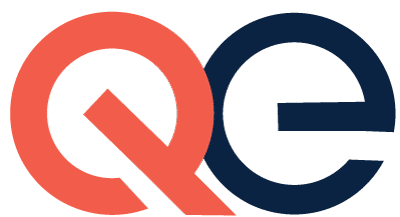Last week we shared TACQE’s Legacy Toolkit: Resources That Work—a look at the lessons, best practices, and tools created over the past five years.
This week is about you. What do you do next? How do you take those resources and keep making progress in your own practice, agency, or community after TACQE ends on September 30, 2025?
Here’s a simple 5-step action plan to help you move from “resources on the shelf” to “real impact in the field.”
Clarify Your Purpose
Before jumping into new strategies, ask yourself: What’s the one outcome I want to strengthen right now?
- •Is it improving employer engagement?
- •Expanding outreach?
- •Supporting youth or transition-age students?
Action:
QE Partner Tip:
Pick One Tool to Try
You don’t need every resource at once. Start small.
- •Choose one TACQE tool (VR Outreach Guide, Career Pathways Toolkit, or another that fits your focus).
- •Make a plan to test it in your daily work.
Action:
QE Partner Tip:
Engage a Partner
Change sticks when it’s shared.
- •Identify one employer, school, or community organization you could connect (or reconnect) with.
- •Share what you’re working on and ask how you can support their goals.
Action:
QE Partner Tip:
Build in Accountability
Plans often fail because no one tracks them.
- •Set a milestone: by next month, what will you have tried, tested, or shared?
- •Decide who you’ll check in with—a colleague, supervisor, or peer group.
Action:
QE Partner Tip:
“Accountability doesn’t have to be formal, sometimes it’s just telling a colleague, ‘Ask me about this in two weeks.”
Reflect and Adjust
Not everything will work perfectly the first time, and that’s okay.
- •Ask: What worked? What needs tweaking? What should we drop or try next?
- •Use data and client feedback to guide adjustments.
Action:
QE Partner Tip:
Final Thought
The TACQE project may be closing, but the impact continues through what you do next. This 5-step plan is designed to be simple:
- •Clarify your purpose.
- •Pick one tool.
- •Engage one partner.
- •Hold yourself accountable.
- •Reflect and adjust.
Small, consistent steps build long-term change.

